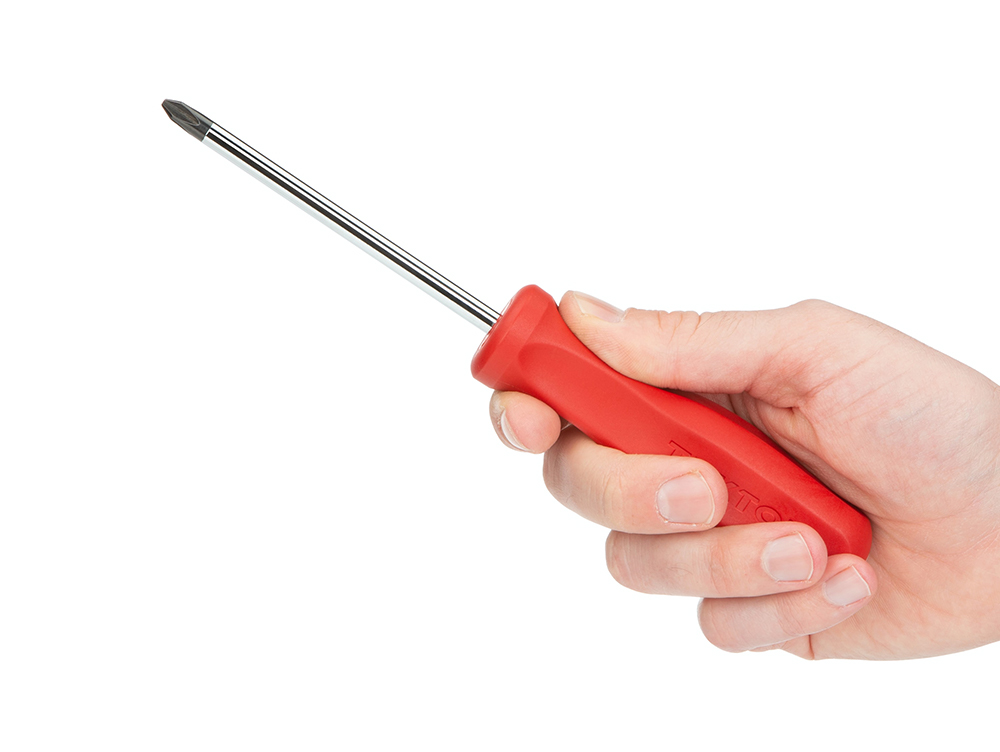Disclaimer: Any products/services mentioned or recommended below are suggestions based on our own experiences. We have no affiliation with any of the products or services mentioned and you should always thoroughly and independently research your options to decide what is best for you.
If you’ve been learning a bit about DIY SEO (Search Engine Optimisation), perhaps from reading our recent post SEO Basics: What is SEO? And how do you get started?, you might find yourself facing the task of writing optimised meta titles and descriptions for the posts, pages, and media on your website.
So how does one get started on such a task, and what makes a good meta title and description?
We’ve listed some tips and software tool tricks below to hopefully boost you in the right direction.
Hire a professional!
If in doubt, and the budget allows for it, you can cover this task off quickly and painlessly by simply hiring a professional copywriter to help you. You can post a task on websites such as Freelancer, Upwork or even AirTasker. These websites will help to connect you with skilled people for an affordable price that is always agreed on upfront. Alternatively, a quick Google search for copywriters should bring up plenty of local prospects to choose from.
Your titles and descriptions should be unique.
Before you even get started, one thing to know is that all of your titles and descriptions should be completely unique, and not contain too many repeated phrases.
Use proper spelling and grammar – always.
If grammar and/or spelling aren’t your forte, it’s worth having someone who is either write your titles and descriptions for you, or at least proofread them at the end. You’ll also find a worthwhile ally in Grammarly, a free text checker/writing assistant that can be installed straight into your browser.
Create a list of keywords or phrases.
We’d recommend creating a list of your posts, pages and media – a spreadsheet would work best. Next to each item, type in a keyword or key phrase that you’d like that page to target. If using a phrase, as opposed to a single word, we’d recommend a maximum of 4 words. Your home page should probably target your most important keyword or phrase, while other pages and posts on your website may target your secondary/slightly less important keywords and phrases. You should always try to choose a unique keyword or phrase for every single item to maximise your SEO efforts.
Use your desired keywords and phrases regularly.
Once you have selected the desired keyword or phrase for each item, be sure to include it in the meta title and description for that page/post/media item.
Keep your keywords and phrases near the beginning.
It’s considered most effective to place your keyword or phrase as close to the beginning of your title or description as possible. This may mean you’ll need to juggle your sentence structure a little bit.
Ensure your titles and descriptions are of optimum length – nothing too short or too long.
A meta title should be roughly 54-79 characters long. If your title is too short, you won’t be getting the most out of the space allowed. If it is too long, it may be cut off and unreadable in full to most viewers.
Likewise, a meta description should be roughly 121-156 characters long. The same consequences apply for having too-short or too-long descriptions.
A handy tool to help you see how many characters you have used is Letter Count, but most desktop publishing or cloud publishing software will have a character counter built-in.
Use software to help organise your website’s metadata.
If you’re using a popular CMS such as WordPress, Joomla or Drupal, you can benefit from readily available plugins and extensions which are designed to help you implement and manage your metadata. For example, Yoast SEO is a great SEO management plugin for WordPress.
There’s always more to learn.
If you’d like to keep learning more about optimising your website for search engines, there are many great resources out there that you can turn to. We’d recommend stopping by both Moz and Yoast to begin with. Both of these websites offer a huge amount of completely free information and blogs that can help you master the art of DIY SEO.
If you follow all of the above steps, you should be well on your way to having your website’s meta titles and descriptions all set up and ready to go. Once the various search engines start to re-crawl your website after you’ve made your changes, you’ll notice your pages appearing in search results with your new text. Keep in mind, however, that this can take some time and won’t necessarily happen overnight. It may take days or weeks, depending on how large or busy your website is.
That’s it from us! As always, if you have any questions about this post or our shared hosting, VPS, reseller or dedicated server plans, simply call us on 1300 MY HOST (694 678) during business hours, or submit a ticket through our Support Portal and one of the crew will be in touch!










